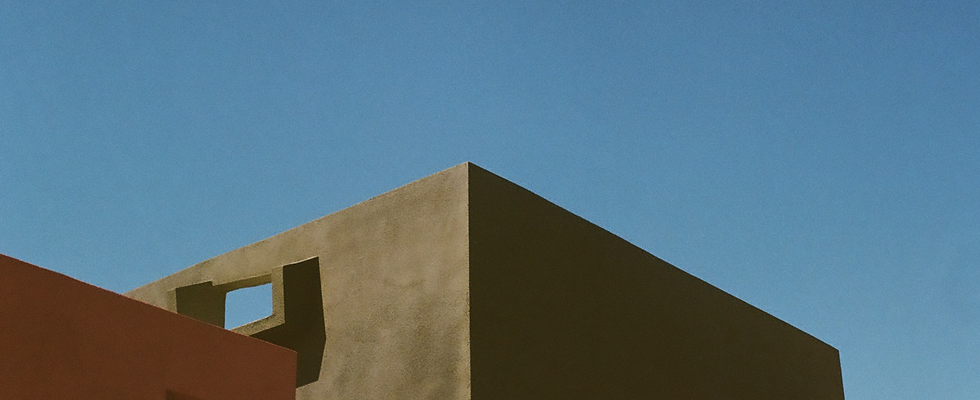Educational Philosophy
In my teaching practice, my core objective is inspiring students to approach problem-solving with creativity and innovation. To achieve this, I believe in providing scaffolded support through well-designed lesson plans and handouts that help students overcome challenges in their artwork. While there are existing art education models, I believe that the most effective approach is one that is tailored to the individual needs of each student, taking into account their exploration of life and their unique perspectives. To this end, I am dedicated to enhancing my proficiency in various art curriculum teaching models and exploring interdisciplinary art designs that align with diverse teaching approaches and cater to different learning populations.
Studio Habits and Design Thinking are two important theories that inform my teaching philosophy. These frameworks form the foundation for students to develop essential qualities as they transition into becoming contributing members of society. Studio Habits of Mind not only cultivate different learning habits based on the student's age and developmental stage but also equip them with diverse ways of thinking, allowing them to better adapt to the various pressures of the world at different stages, from early elementary to high school. Design Thinking, with its open-ended approach to learning, fosters students' ability to think divergently. From my experience during student teaching, I discovered that incorporating design thinking principles into a unit plan centered around 3D form effectively helped high school students understand the objective existence of the world. Integrating concepts that tightly connect art with mathematics, engineering, and other disciplines enhances students' creativity, and they are more likely to find inspiration in their daily lives.
While the National Visual Art Standards are essential, I believe that art education should offer more than just a prescribed set of learning objectives. As an art teacher, I aim to strike a balance between limitations and flexibility in my lessons. I draw inspiration from the Universal Design for Learning, which shapes my curriculum design and assessment standards. Although most students may have similar learning objectives and targets that exceed their current artistic abilities, I believe the ultimate assessment should be adjusted based on individual student's progress, allowing each student to enhance their skills and aesthetic sensibilities within their artistic proficiency. This embodies the flexibility I seek to provide in my curriculum. Similarly, I recognize the importance of limitations within my classroom. I believe that strategically restricting the amount of information regarding art knowledge and techniques in curriculum design can help K-12 students develop specific skills, whether it be creative thinking, technical proficiency, or exploration of various art mediums. Students can achieve comprehensive growth through accumulation and a broad range of experiences. A more logical curriculum design and the cultivation of creative habits are more efficient ways to nurture students in forming their unique artistic approaches. This becomes particularly evident in my teaching experience with high school students. For example, for students studying visual art foundations, clear criteria requirements and step-by-step creative processes enable them to have a more focused approach. Too much artistic freedom may lead to confusion, especially when students lack prior experience. Providing appropriate limitations actually allows students to channel their creativity better. By using guided questions to narrow the scope of students' search for inspiration, starting from their immediate environment, students learn problem-solving skills and connect their artwork to their lives, thereby fostering a genuine relationship with their community.
I aspire to create a transformative educational experience for my students by embodying these principles and theories in my teaching practice. Through exploration, reflection, and the integration of diverse perspectives, I hope to empower young learners to embrace the power of art as a means of personal expression, problem-solving, and community engagement.



